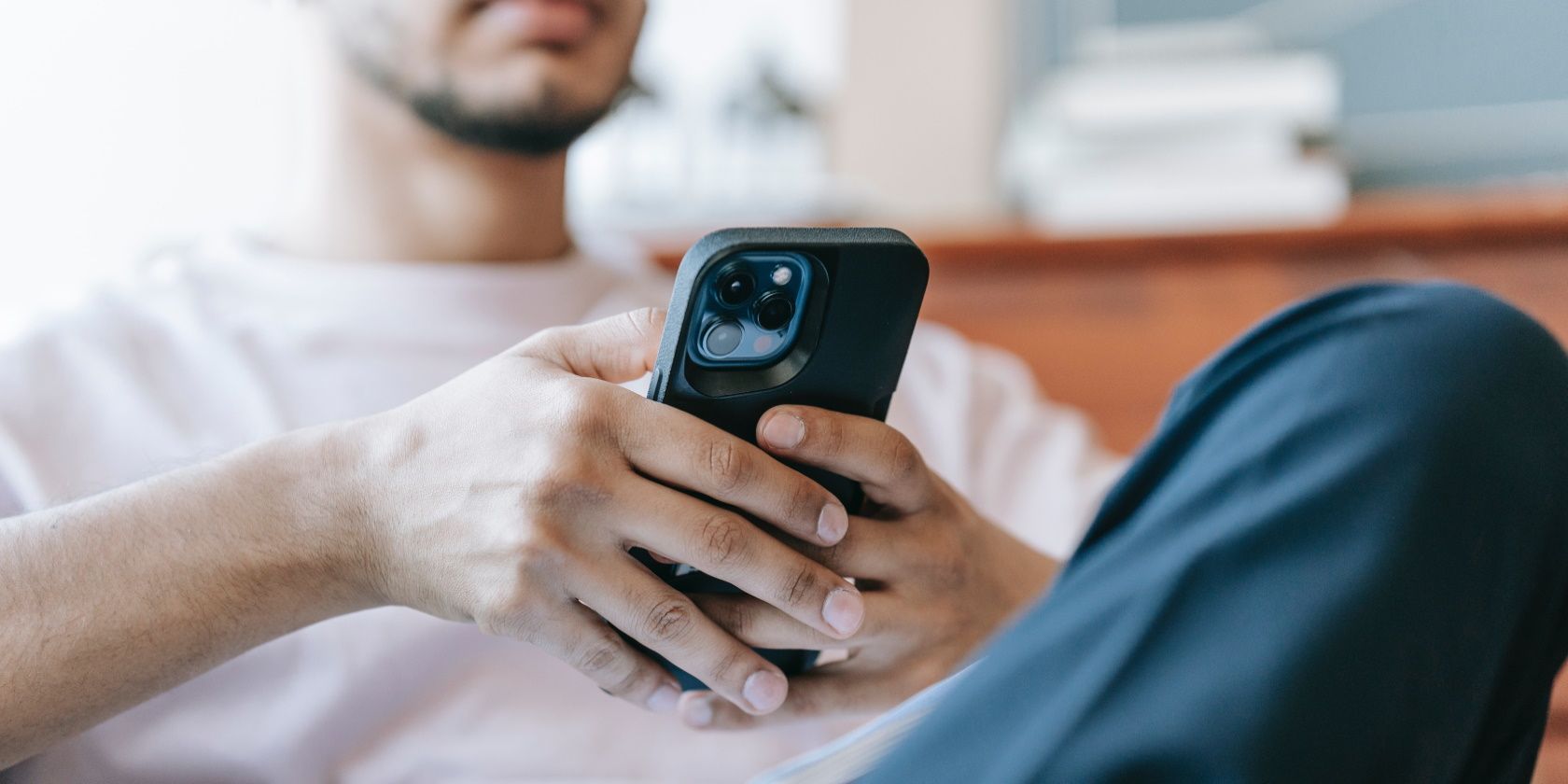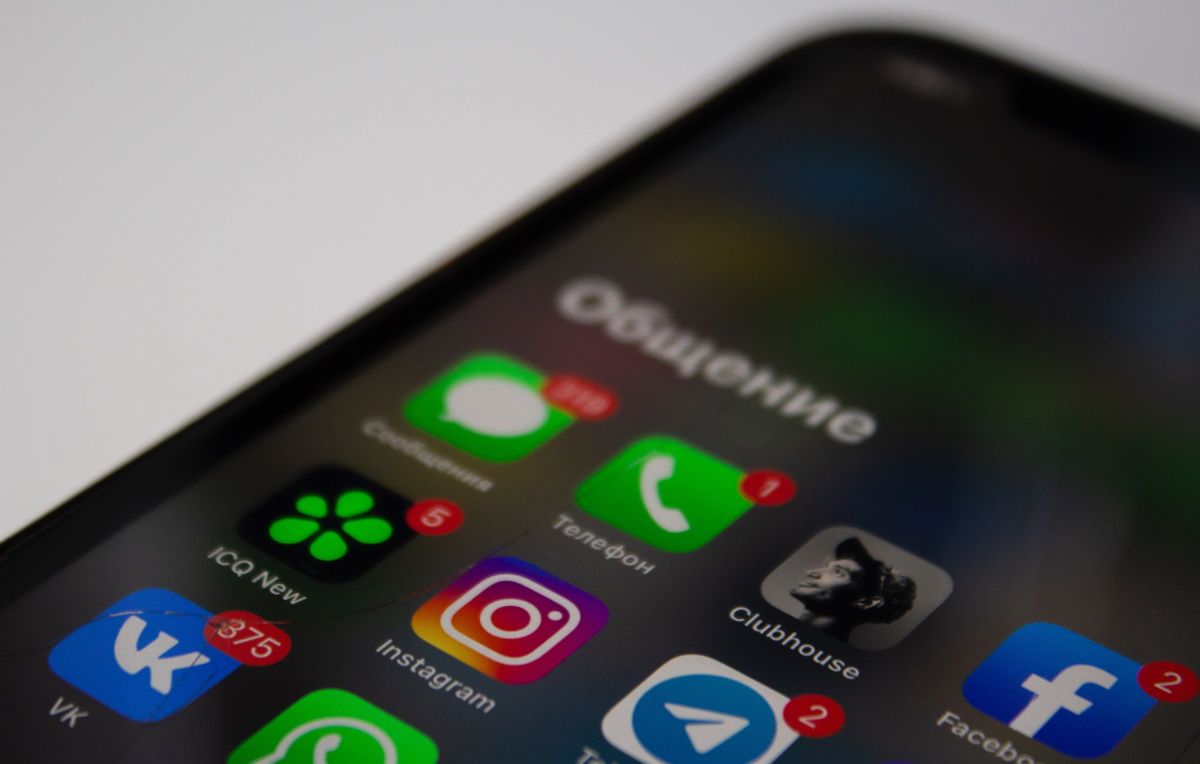You probably wake up to the sound of your phone and scroll through Instagram or Twitter before realizing you’ve been doing it for 30 minutes.
The mindless scrolls continue in the office as you click through news articles during meetings, and before you know it, your workday is over, and you have barely accomplished anything. Your ability to control your attention these days is a superpower. Here’s how to regain your productivity.
1. Understand Your Smartphone Habits
Being mindful of this behavior is the first step in curbing your scrolling habit. Pay attention to when and why you feel the urge to scroll. Do you feel the urge to use your phone each time you see it, or is it triggered by external cues, such as a notification or an incoming text message? Which sites do you typically visit, and for how long?
In addition to this, you can use an app called Space to help you cut down your screen time and understand your smartphone habits. You can use this tool to track your screen time, set goals, track your progress, and share with loved ones.
Space also offers an 8-day phone/life balance course to help you understand why you’re using your phone the way you are and adopt changes that will allow you to take control of your time.
2. Recognize and Remove Triggers
So, what triggers your mindless scrolling habit? Is it Twitter’s polarizing content, the fear of missing out on what’s happening on Instagram, your phone’s notifications, or those red badges on your app icons that constantly remind you of unread messages?
Take a step back to analyze what’s driving you to reach for your phone. Once you know what pulls you in, it’ll be easier to silence those triggers and starve the urge to scroll. Here are some adjustments you can make on your smartphone to tame this habit:
- Disable alerts and notification badges on your phone, especially from non-essential apps during work hours. If you don’t receive these notifications, you’ll be less likely to open the apps and get sucked in.
- Delete apps you haven’t used for a while. If an app isn’t serving a purpose, there’s no need to keep it on your phone.
- For many, the early hours in the morning and late at night are the most vulnerable times for mindless scrolling. If this is the case for you, set up “Do Not Disturb” mode one or two hours before bedtime and after waking up.
- Remove all the apps on the first page of your home screen and replace them with plain wallpaper or inspiring quotes. This way, each time you unlock your phone, you’re not immediately greeted with a bunch of colorful apps vying for your attention.
- If you use a smartphone, you can activate the grayscale mode to get rid of the bright colors on your phone, thereby limiting the visual appeal and reducing your urge to use your phone.
- Lastly, you can group all your apps in folders on the following pages of your home screen. This pushes you to be more intentional about which app you want to use, since you’ll have to open the folder first.
3. Keep Track of Your Scrolling Time
To some extent, overcoming your mindless scrolling habit is about regaining control over your time. A big part of regaining control is understanding how you’re currently spending your time on your phone.
You can use an app called RecueTime to help with this task. This app runs in the background and automatically tracks how much time you spend on different apps and websites. It then produces comprehensive reports showing where you’re spending your time, giving you the insight you need to make adjustments.
Once you know the culprits, you can set daily limits on how much time you want to spend on each app. In addition to this, you can use Unpluq to block these apps. This tool is perfect for this purpose because it forces you to overcome specific distraction barriers, from shaking your phone to tapping buttons, before accessing the apps you have added.
Over time, this can help you become more intentional about using these apps, thereby combating your mindless scrolling habit.
4. Avoid Downloading Apps Across Multiple Devices
If you have personal and work-issued devices, you might be tempted to download work apps like Slack on your personal smartphone to meet the “always-on” expectations of the modern workplace. Alternatively, you might download social media apps like Instagram on your work device to kill time during breaks or avoid missing out on essential updates from friends.
But this is a slippery slope that can quickly lead to more distractions. The key is to be intentional about which apps you download on each device. For example, if you want to use your personal device for leisure activities, only download apps that support this goal and avoid doing work-related tasks on this device, like responding to emails.
5. Leverage Phone Features That Restrict Usage
There are many phone features that can help you combat your smartphone addiction. For instance, Apple’s Screen Time and Google’s Digital Wellbeing provide you with detailed insights into your app usage, allowing you to see how much time you’re spending on your phone and which apps you’re using the most.
You can also set limits on app usage and receive notifications when you reach these limits. These features can help you become more aware of your app usage and take steps to reduce the amount of time you’re spending on your phone.
6. Keep Your Phone Out of Sight and Find Other Hobbies
One of the simplest things you can do to simplify your digital life and cut down on your smartphone use is to keep it out of sight. For example, charging your phone by your bedside when you are about to sleep can often lead to late-night scrolling sessions.
Instead, charge it in another room to avoid temptation. Another way to keep your phone out of sight is to put it in your bag or purse when you’re around other people.
Lastly, you don’t have to rely entirely on this device for entertainment. Find other hobbies and activities that you enjoy doing, such as reading, cooking, dancing, or hiking. This way, you won’t need to constantly reach for your phone when you’re bored.
Regain Your Time and Control Over Your Devices
Mindless scrolling can quickly become a habit that takes up a significant amount of time and reduces your productivity. By following the tips above, you can combat your mindless scrolling habit and take back control of your time.
Implement these changes one at a time, and soon you’ll find yourself using your phone more intentionally.




